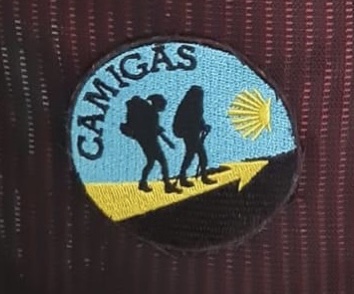
And every day you wonder why you are doing this, and every day you give thanks that you can.”
Yes, the gratitude I feel at being able to do this in such a beautiful place, is everything.
Leaving Sahagun,“ Four kilometres after leaving Sahagún, you have a choice: Stay on the Medieval route known as the Camino Real,or detour to the Via Romana

– also known as the Calzada Romana …which follows the old Roman road…adding a little over 1 kilometre to the whole trek . You won’t see much of the Roman road;it is largely under dirt and gravel. BB

Apparently the advantage of this detour is to take you away from the highway ( A-231) that the Camino Real parallels in places. JB says “ stay on this ( left) side of the bridge and continue along the gravel Senda alongside a quiet country road with shade,parallel to the autopista. Either way we will be moving on through the cereal and grain-covered plateaux of Leon.


It will be advisable to stock up on water and snacks as there is a distance of some 12 KM with little in the way of support services.
Another reason for staying on the Real “ is to see the 17 th century hermitage ,Ermita de Nuestra Senora de Perales…Both a rest area and sacred site for the people of Bercianos.” BB

The next Puebla of any consequence is Bercianos del Real Camino.
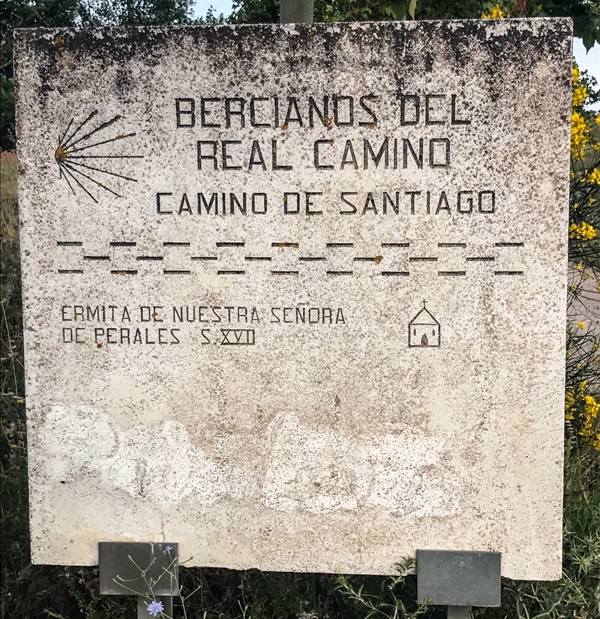
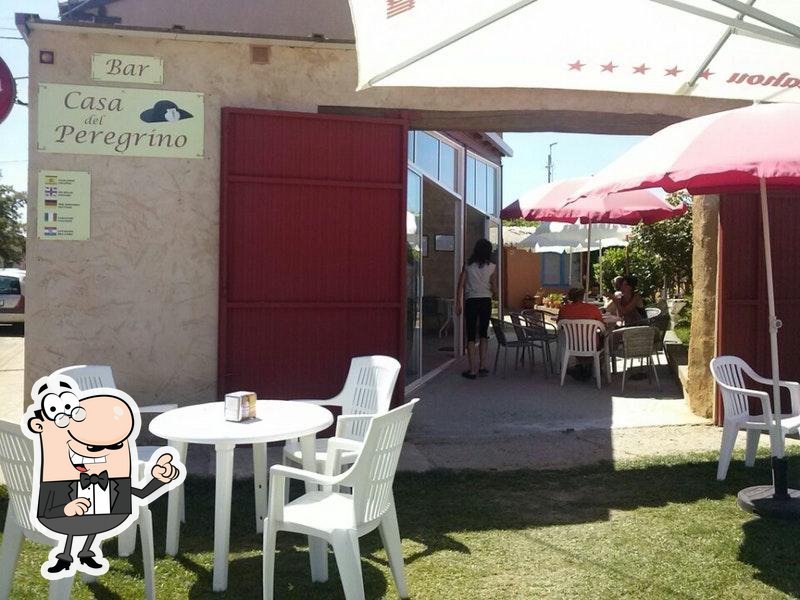
We shall pick up the route “on the Western edge of the village passing wetland reserve Laguna Olmo and then onwards under the autopista to continue on to El Burgo Raneros.” J.B

“ After a walk of almost two hours on the plain,you come to the pleasantly surprising town of El Burgo Ranero…(it) might at first glance look like a typical small town where you can rest and remove your boots…However, you need only to take a short walk and have a careful look around to see that this is a town that offers a great deal”. SR
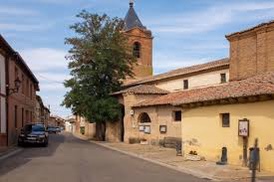
“ Some say El Burgo Ranero gets its name from el burg granero,a grain or granary town,and others from el burgo ranero, a place abundant with frogs ( ranas), a part of the town legacy thanks to the nearby pond. Take your pick; they’ve got plenty of both” BB
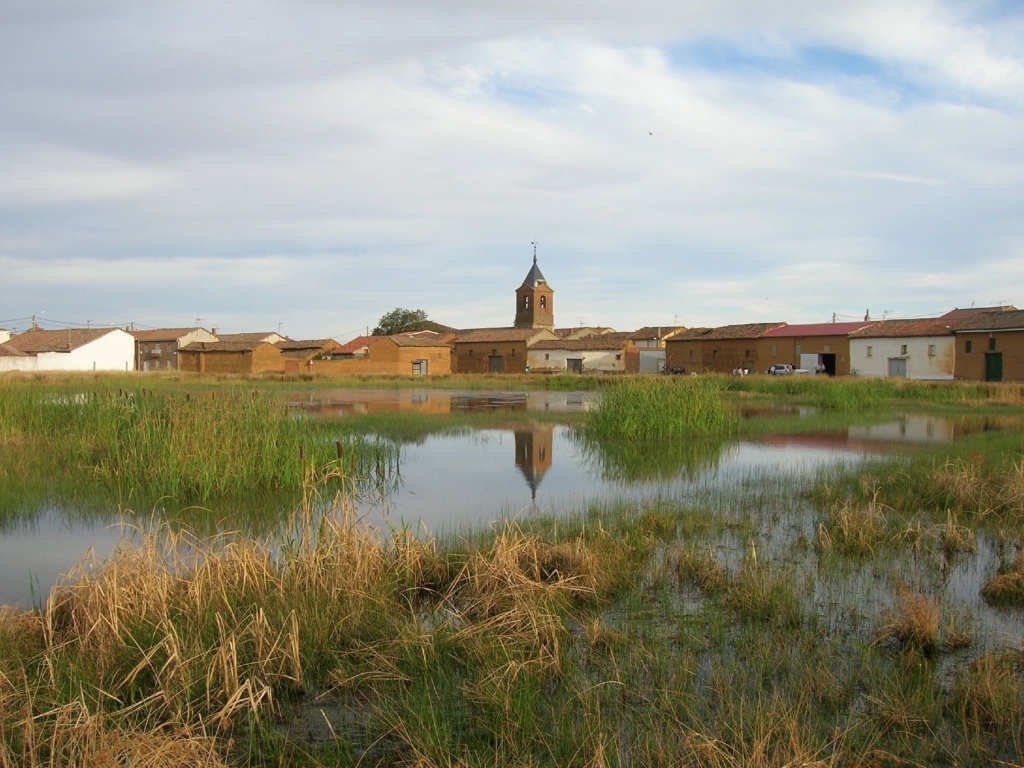
“ El Burgo Ranero owes its existence to both wheat and wool. “ WP “ the wheat and wool business that once sustained it has been displaced by mechanisation “ WP
“ The village probably came in to bringing the early 12 th century , but is set on a much more ancient pathway where sheep had been moved from pasture to pasture over millenia. ( Shepherding and transhumance – a word we get from Spanish,the practice of moving sheep from summer to winter pastures and back again – have been practised here ever since farmers and herders inhabited Iberia” BB
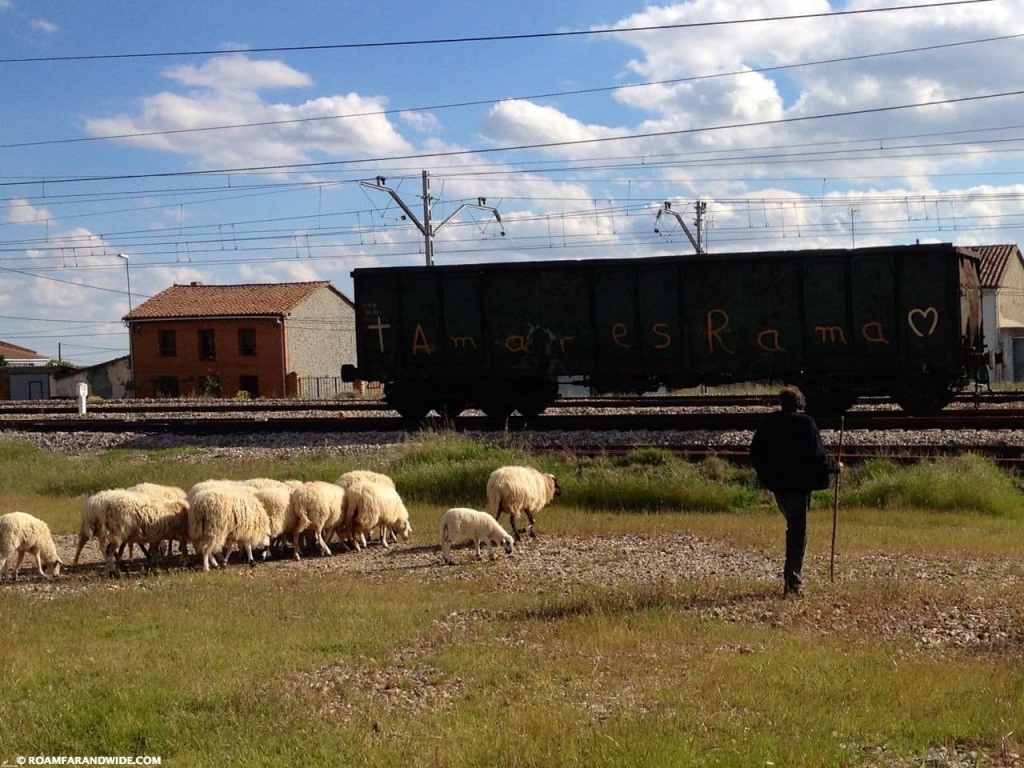
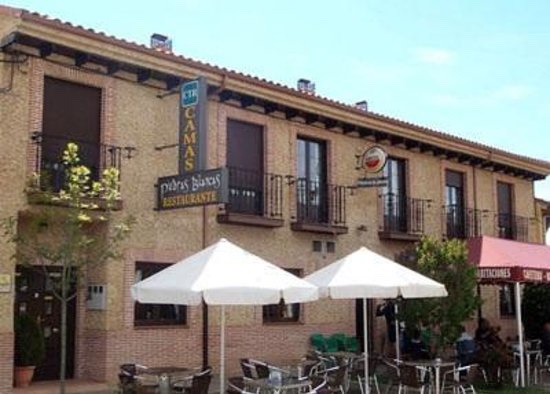
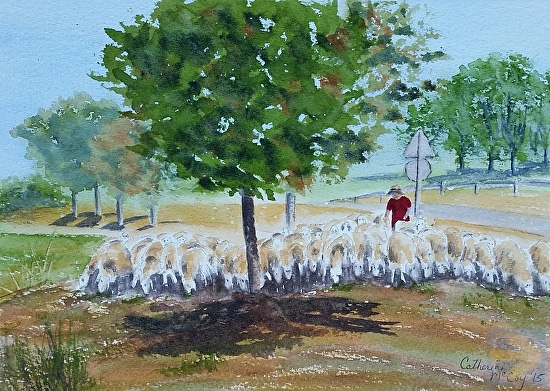

Leave a comment